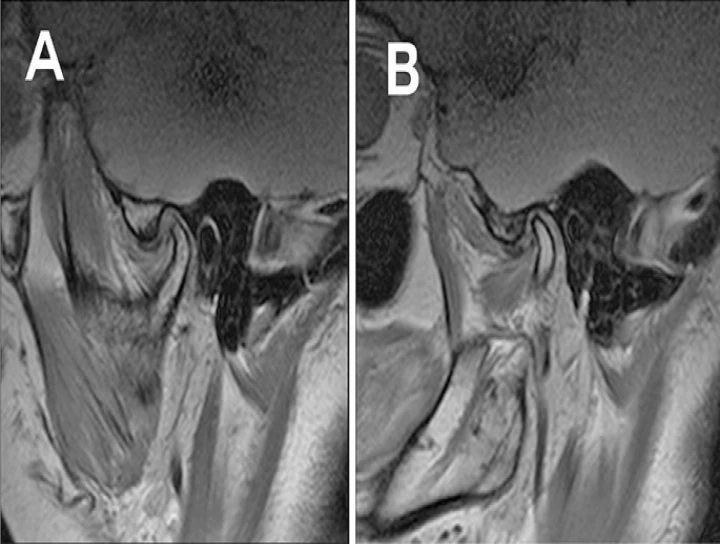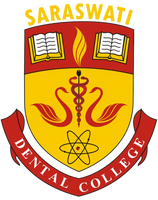
Objective:
The purpose of such a study would typically be to:
- Compare TMJ morphology and pathology between asymptomatic individuals and symptomatic patients using MRI.
- Identify imaging patterns that correlate with TMJ dysfunction symptoms, such as pain, clicking, or restricted jaw movement.
Key Concepts:
Temporomandibular Joint (TMJ):
- TMJ is a critical joint allowing jaw movement for speaking, chewing, and other functions. It consists of:
- Condylar head of the mandible.
- Articular disc.
- Glenoid fossa of the temporal bone.
- Associated ligaments and muscles.
MRI in TMJ Evaluation:
MRI is the gold standard for assessing soft tissue and disc morphology of the TMJ because of its superior contrast resolution. It provides detailed imaging of:
- Articular disc position (normal or displaced).
- Joint effusion (fluid within the joint space).
- Bone marrow changes (indicative of stress or pathology).
- Inflammatory changes.
- Degenerative joint disease (e.g., osteoarthritis).
Asymptomatic Volunteers vs. Symptomatic Patients:
-
Asymptomatic Volunteers:
- Often used as a control group.
- MRI findings may reveal "normal variations" such as mild disc displacement without pain or dysfunction.
- Helps to distinguish pathological changes from incidental findings.
-
Symptomatic Patients:
- Common symptoms include jaw pain, clicking sounds, or restricted motion.
- MRI findings may include:
- Anterior disc displacement (with or without reduction): Misalignment of the disc relative to the condyle.
- Joint effusion: Fluid accumulation due to inflammation.
- Bone marrow edema: Stress-related changes.
- Degenerative changes: Such as erosion, osteophyte formation, or condylar flattening.
Potential Findings in MRI Studies:
-
Disc Displacement:
- Often more common in symptomatic patients.
- May occur in asymptomatic individuals but without clinical significance.
-
Joint Effusion:
- Correlated with acute inflammation or internal derangement in symptomatic cases.
-
Bone and Soft Tissue Changes:
- Degenerative or inflammatory changes are usually observed in symptomatic patients.
-
Prevalence of Findings:
- Disc displacement may be found in both groups, but associated symptoms make it clinically relevant in symptomatic patients.
Conclusion and Clinical Implications:
The study could help establish imaging criteria for TMJ disorders, emphasizing:
- Differentiating incidental findings in asymptomatic individuals from pathological findings in symptomatic patients.
- Informing clinicians on when and how to utilize MRI for TMJ evaluation.
Let me know if you’d like assistance drafting an article or detailed analysis based on this topic.


No Any Replies to “Magnetic Resonance Image Findings of TMJ in Asymptomatic Volunteers and Symptomatic Patients”
Leave a Reply